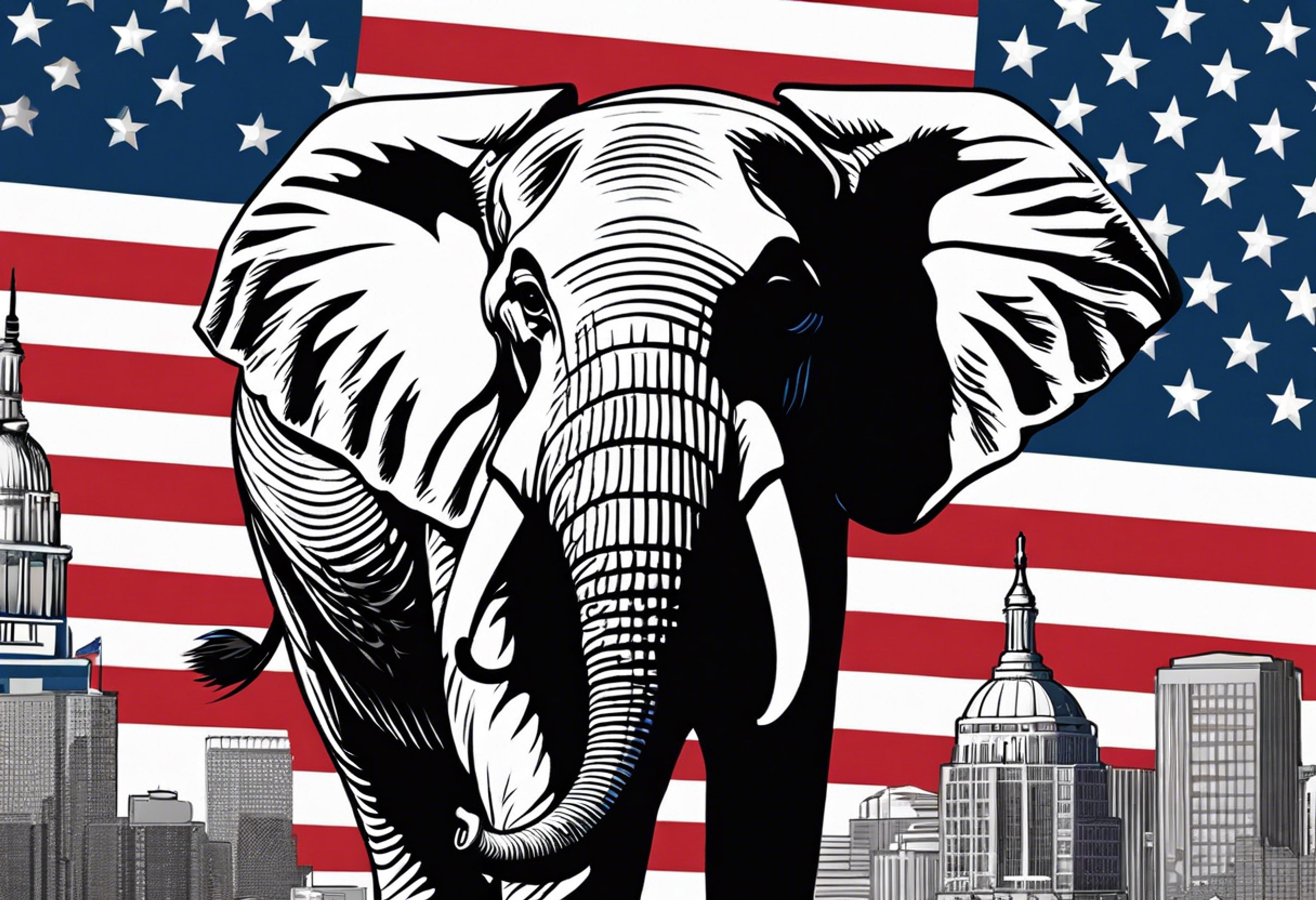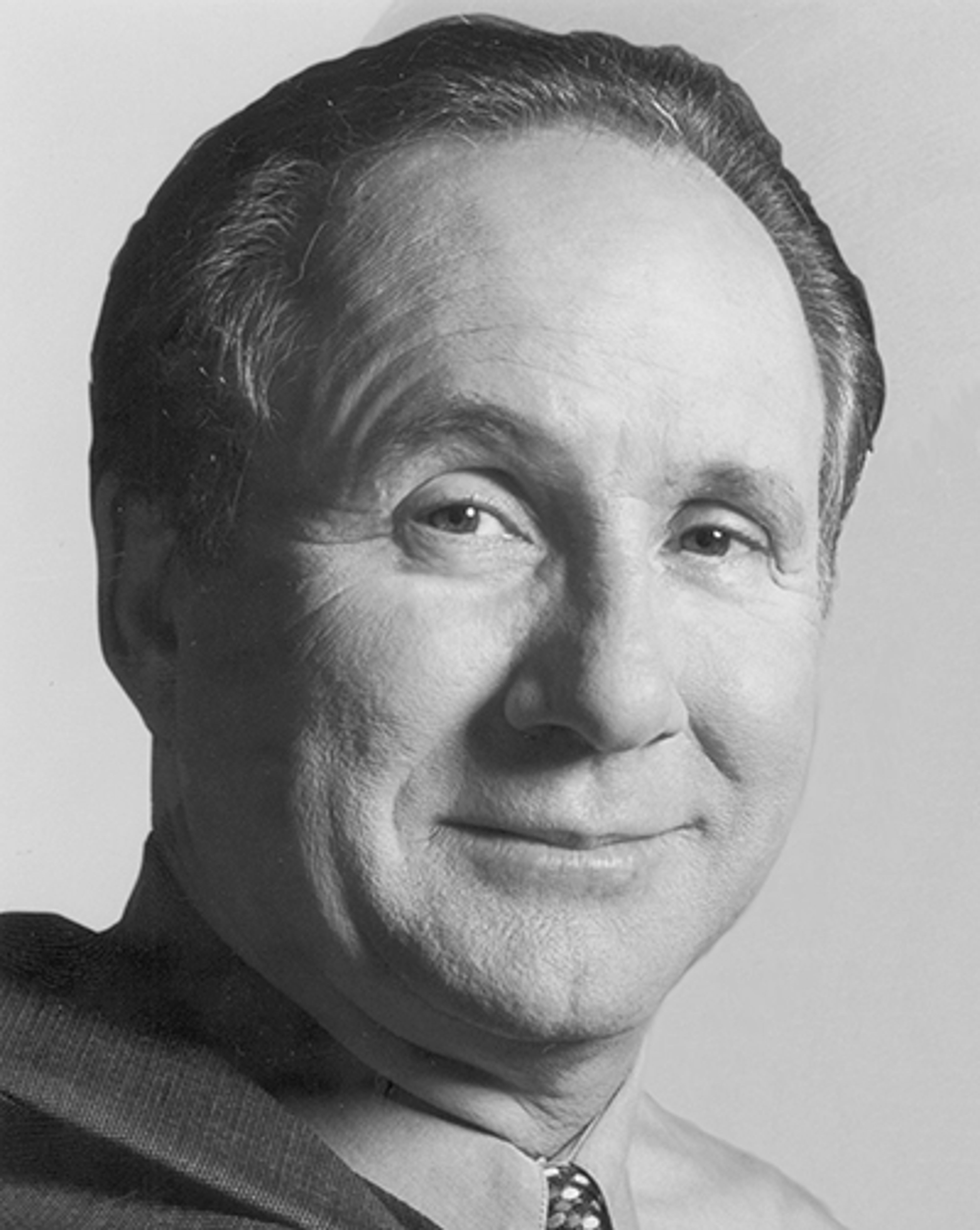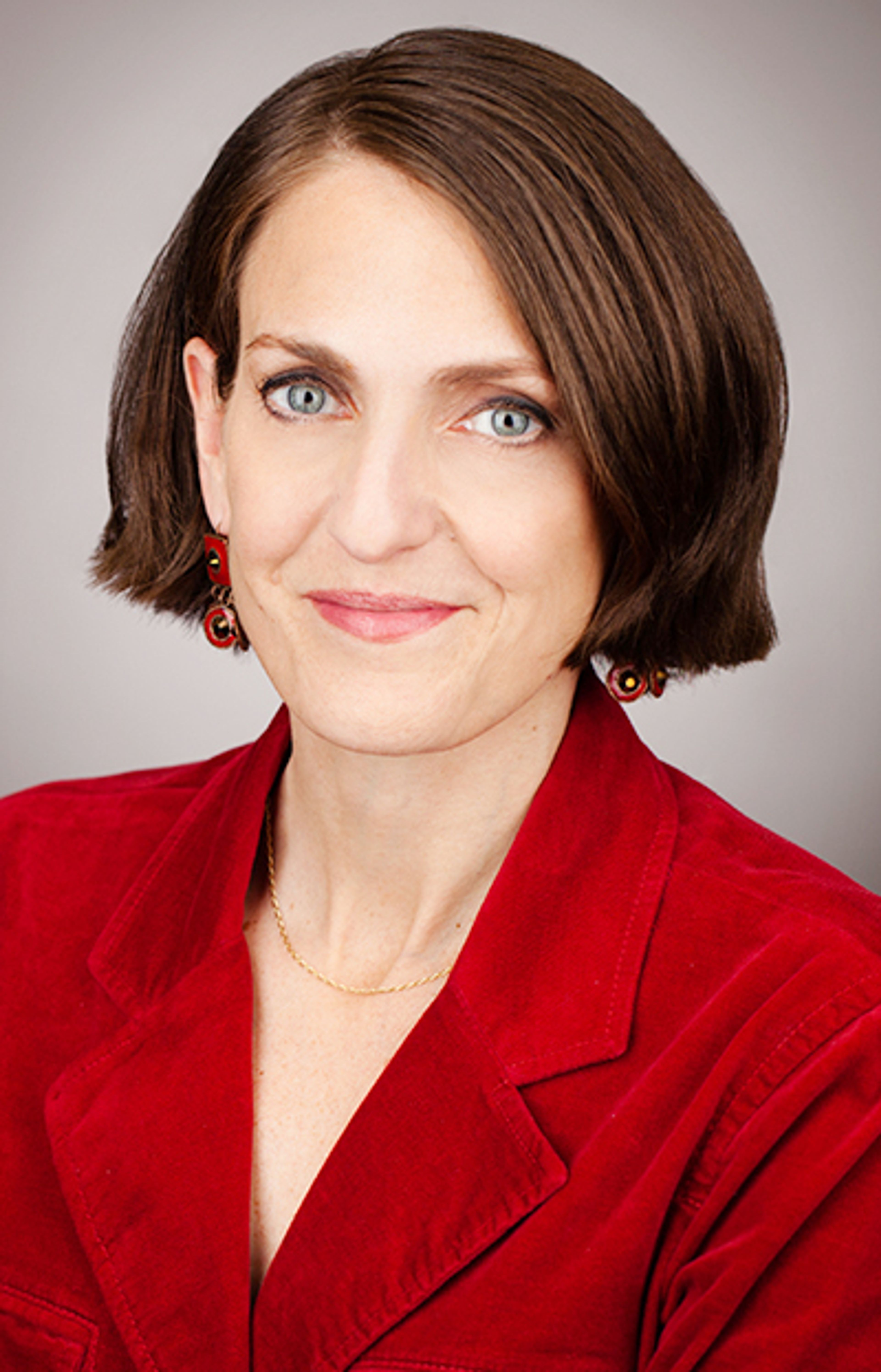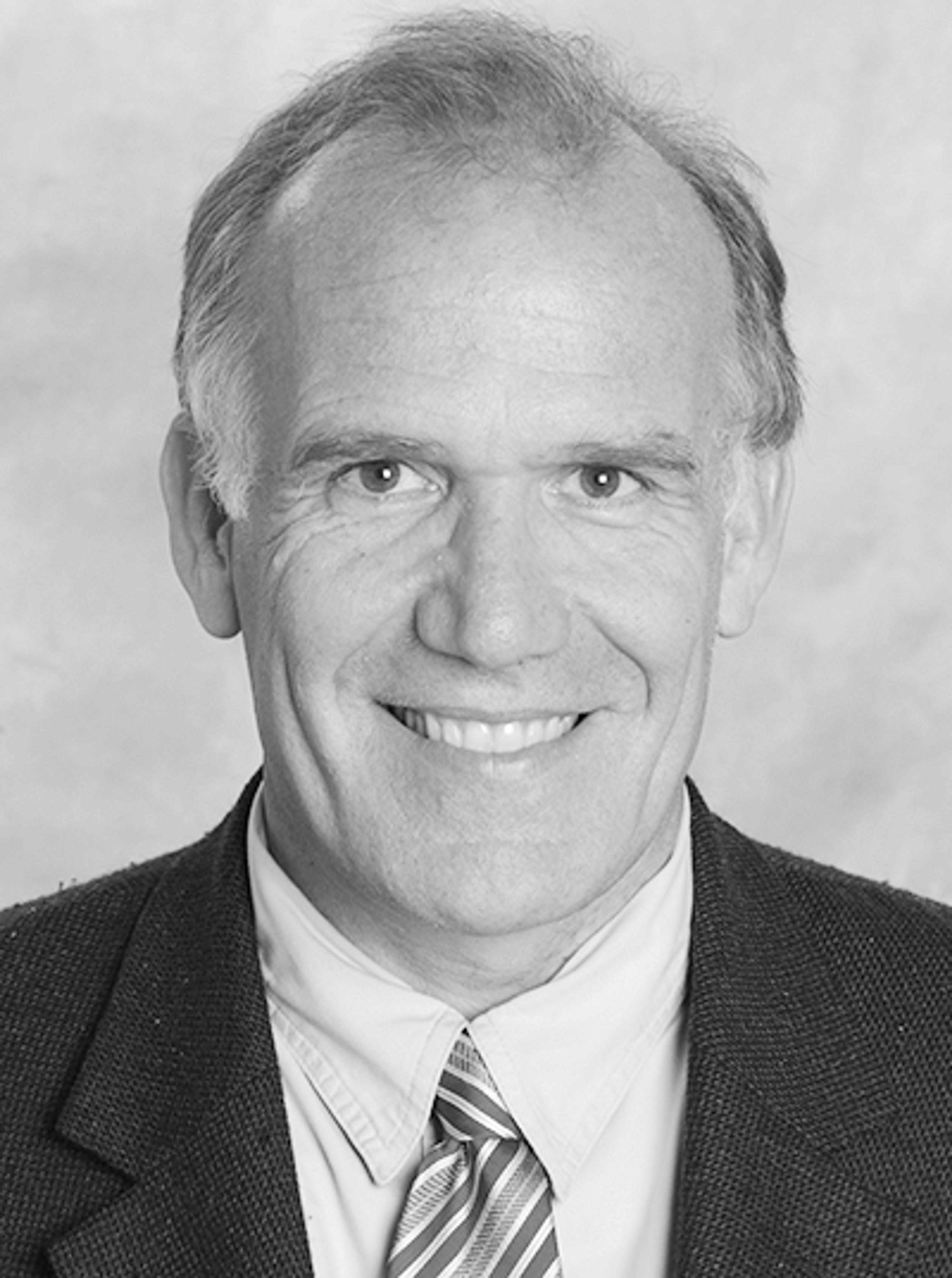GINSBURG: THIRD COMING FELIX FRANKFURTER
Ruth Bader Ginsburg will soon be the 107th justice of the Supreme Court of the United States. Where in the philosophical scheme of things will Justice Ginsburg fit? It is something of a guessing game but not totally so. Presidents attempt to select justices who square with some of their more basic views. Ginsburg most assuredly squares with Clinton's views on abortion and equal rights for women...
Ruth Bader Ginsburg will soon be the 107th justice of the Supreme Court of the United States. Where in the philosophical scheme of things will Justice Ginsburg fit? It is something of a guessing game but not totally so. Presidents attempt to select justices who square with some of their more basic views. Ginsburg most assuredly squares with Clinton's views on abortion and equal rights for women.
For a moment or two, she sounds like a judicial activist. The Supreme Court must be, she said, a "leader" and has "to legislate a bit." "When political avenues become dead-end streets, judicial intervention in the politics of the people may be essential in order to have effective politics." Ted Kennedy smiled on this one. But then she writes, "Judges must be mindful of what their place is in society." She testified, "A judge is not an advocate. A judge is not a politician." Orrin Hatch grinned on hearing these words.
Ginsburg was asked which Supreme Court justices she most admired. Quickly, she named John Marshall, Oliver Wendell Holmes, Louis Brandeis and Benjamin Cardozo. That tells us absolutely nothing. Clarence Thomas, Antonin Scalia, William Brennan and Thurgood Marshall could all have selected the same four. It's like a rookie in spring training telling a reporter, "I'd like to end up like Babe Ruth, Willie Mays, Roberto Clemente or Stan Musial."
Then she added a fifth name: John Marshall Harlan, who served on the court from 1955 to 1971. Harlan was noted for his hard work and strength of character. He was a respected legal craftsman and a scholar. He was, it was said, "the second coming of Felix Frankfurter," a great legalistic dissenter.
Harlan, like his hero Frankfurter, believed in judicial restraint. He believed that even if societal inequities could not be corrected by other means, it was not the responsibility of the courts to serve as a corrector of last resort. Inequities must some times remain as inequities in the name of judicial restraint. Harlan believed a court should decide a case on the narrowest procedural or substantive grounds without declaring broad sweeps of jurisprudential philosophy.
Louis Brandeis is revered for the brilliance of his protests in dissent against the Supreme Court invalidation of significant social legislation. In time, Brandeis' dissenting views became the law of the land. Harlan is respected for the careful craftsmanship of his arguments in dissent, for articulating views which were, when written, and which still remain, distinctly minority views.
Ruth Bader Ginsburg has foresquare declared herself on abortion and equal rights for women and not very much else. If her admiration for Justice Harlan takes her down the road of punctilious judicial abstention, she may be recognized as the third coming of Felix Frankfurter. This will gain her a niche in a side alcove of Supreme Court history. Her respect for Brandeis could lead her to a more prominent pedestal.
Connect with the Southeast Missourian Newsroom:
For corrections to this story or other insights for the editor, click here. To submit a letter to the editor, click here. To learn about the Southeast Missourian’s AI Policy, click here.








